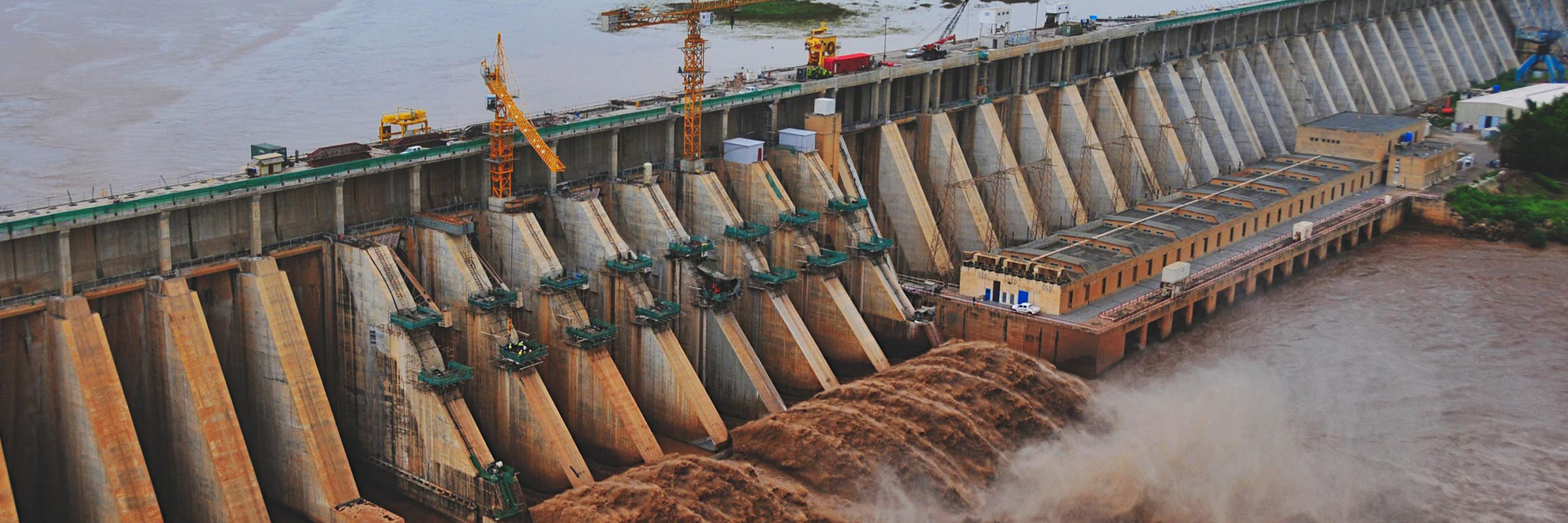Despite this protracted beginning, SMEC began reviewing the design and tender documents in 2006, and later brought together a team with local and international dam expertise to supervise the construction of the US$440 million project. The project increased the height of the Roseires Dam by 10 meters, swelling its hydroelectric production capacity by 50% and more than doubling the reservoir volume (3,000 million m3 to 7,400 million m3).
 The expansion of the Roseires Dam means that farmers can not only pump enough water to irrigate their crops during the hottest months in Sudan, but they can do so faster and more efficiently. The heightened water level of the Blue Nile means that pumps can operate without loading and heating, reducing the energy consumed. Other new income opportunities, including fishing and animal husbandry, were created.
The expansion of the Roseires Dam means that farmers can not only pump enough water to irrigate their crops during the hottest months in Sudan, but they can do so faster and more efficiently. The heightened water level of the Blue Nile means that pumps can operate without loading and heating, reducing the energy consumed. Other new income opportunities, including fishing and animal husbandry, were created.





